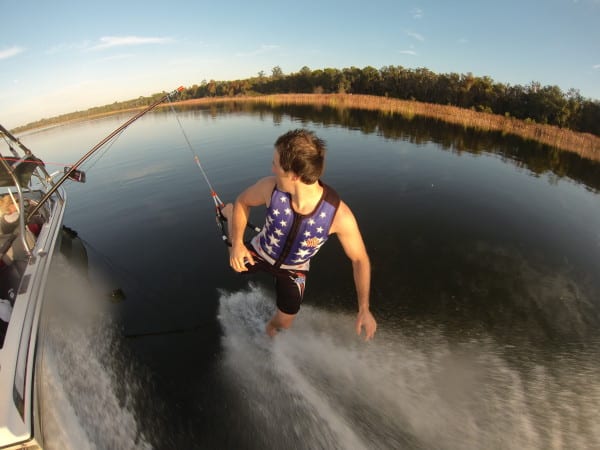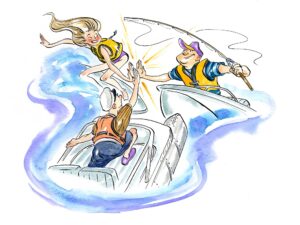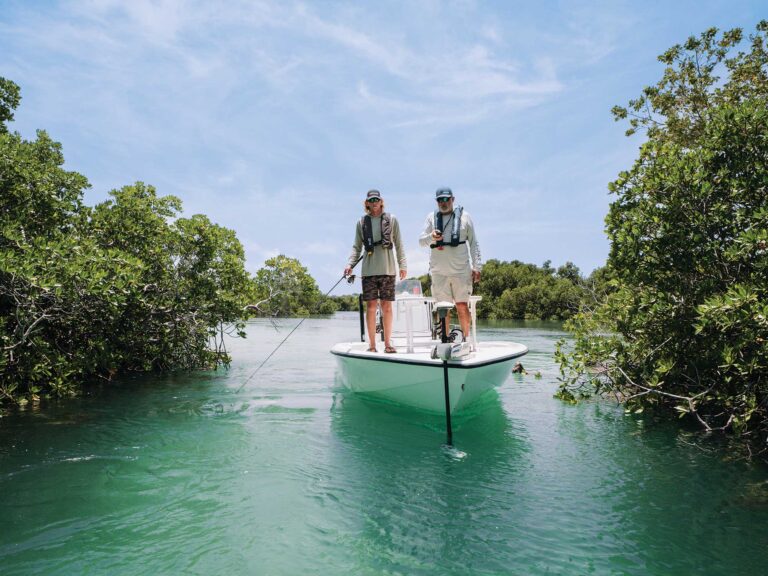
World champ Keith St. Onge shows you how to start out on the right foot when learning to barefoot.
1. Stretching is as important as putting oil in an engine! Your body will use muscles you never knew you had. Get your engine warmed up by stretching your forearms, hamstrings and quads. Once you loosen these muscle groups, you can move to your back and abdominals. Always stretch in this order because your hamstrings and quads connect directly to your back, which in return affects your abdominals.
2. I can’t stress enough the importance of using the right equipment. Wear padded neoprene shorts underneath a barefoot wetsuit. This will allow you to ride smoothly on your bottom and will obviously give more protection in wanted areas. A barefoot boom is also a must. It makes learning deepwater starts twice as easy.
3. You don’t have to go Mach 1 to barefoot. Keep the boat speed slow until you progress and are able to handle it. The faster you foot, the harder you fall. To get an idea of how fast you should go, divide your weight by 10, and add 20 miles per hour to that number.
4. The driver plays an important role of the newbie barefooter’s success or failure. Use teamwork! Make sure the driver has a straight line picked out and waits for optimal water conditions. Once prepared for the start, the driver should accelerate slowly and gradually.
5. Learn the three-point stance. It’s the transition between sitting and standing, crucial to standing up from your deepwater start position. As you’re riding on your butt, simply bend your knees and squeeze them together while bringing your feet back. Keep your ankles pointed up and place your feet in the water like training wheels on a bicycle with your butt being the tire. Your goal is to be sitting upright on your butt, arms out and feet gliding on the water, hence the three-point stance.









